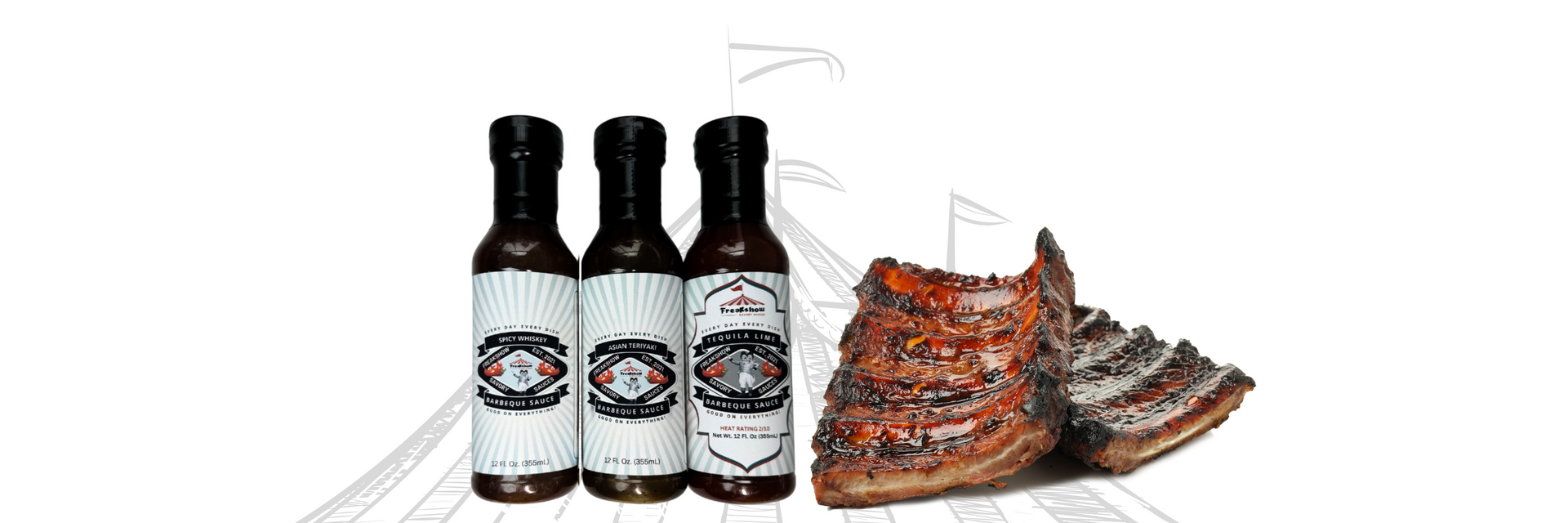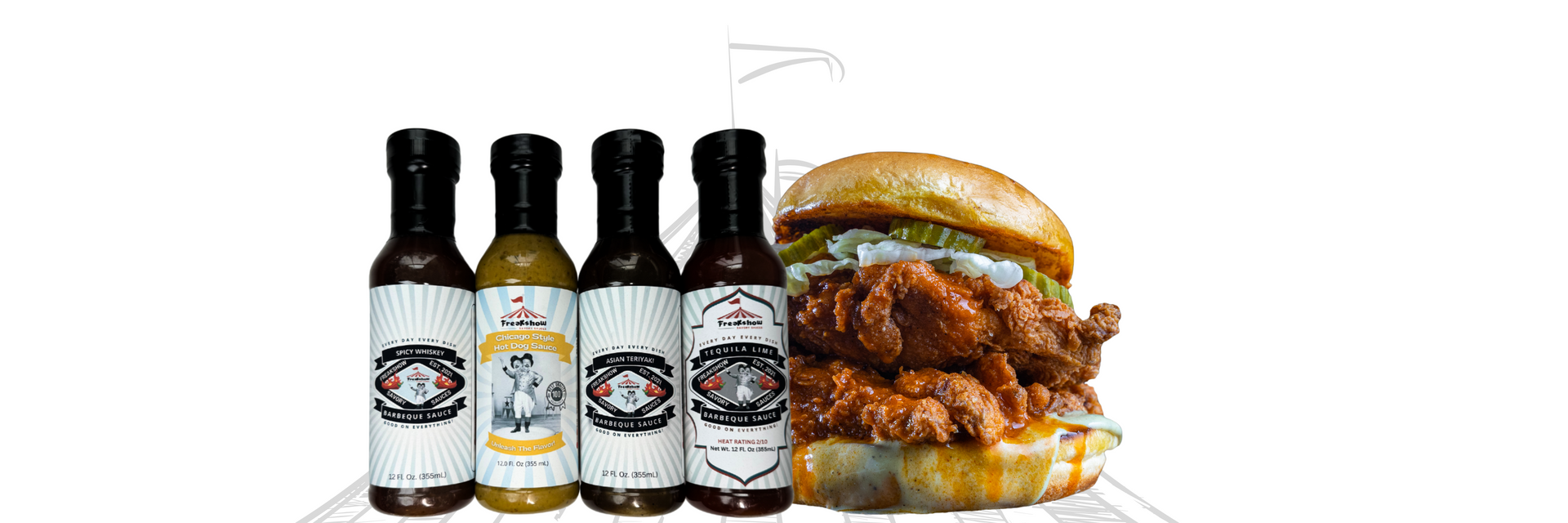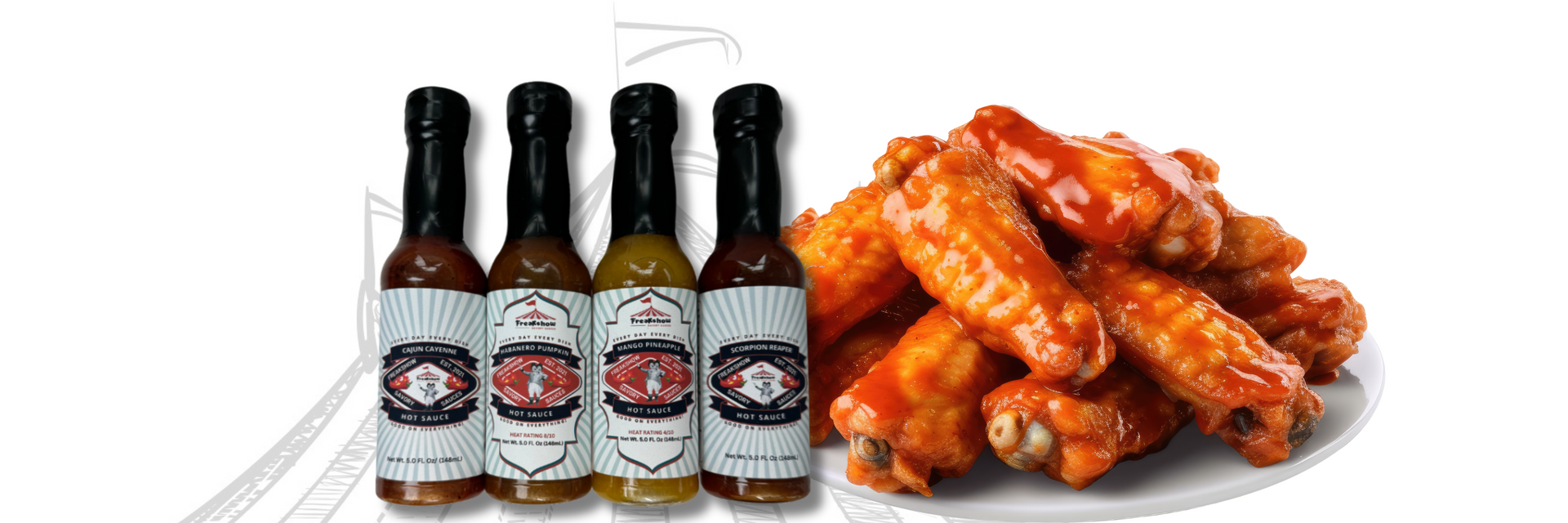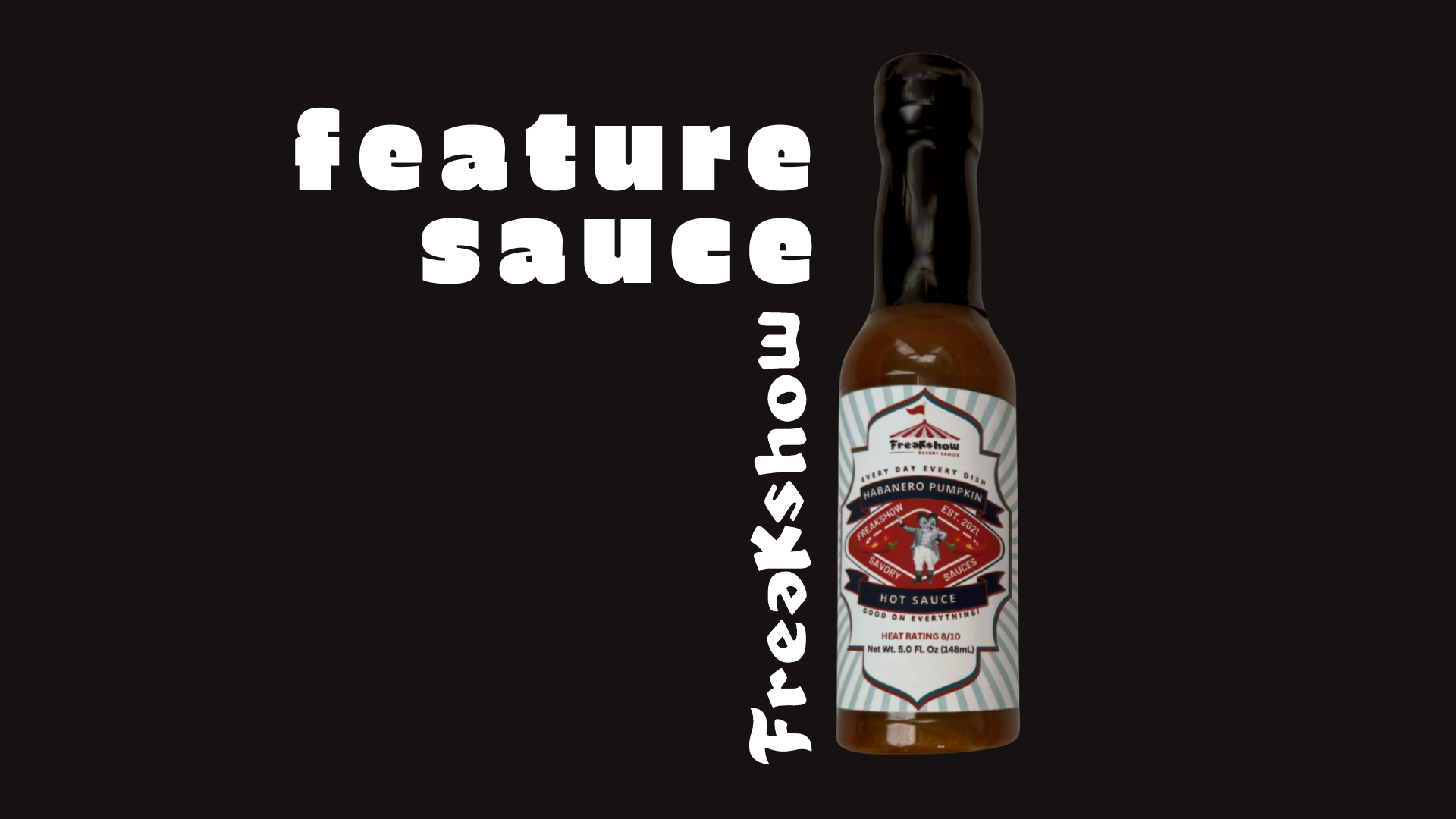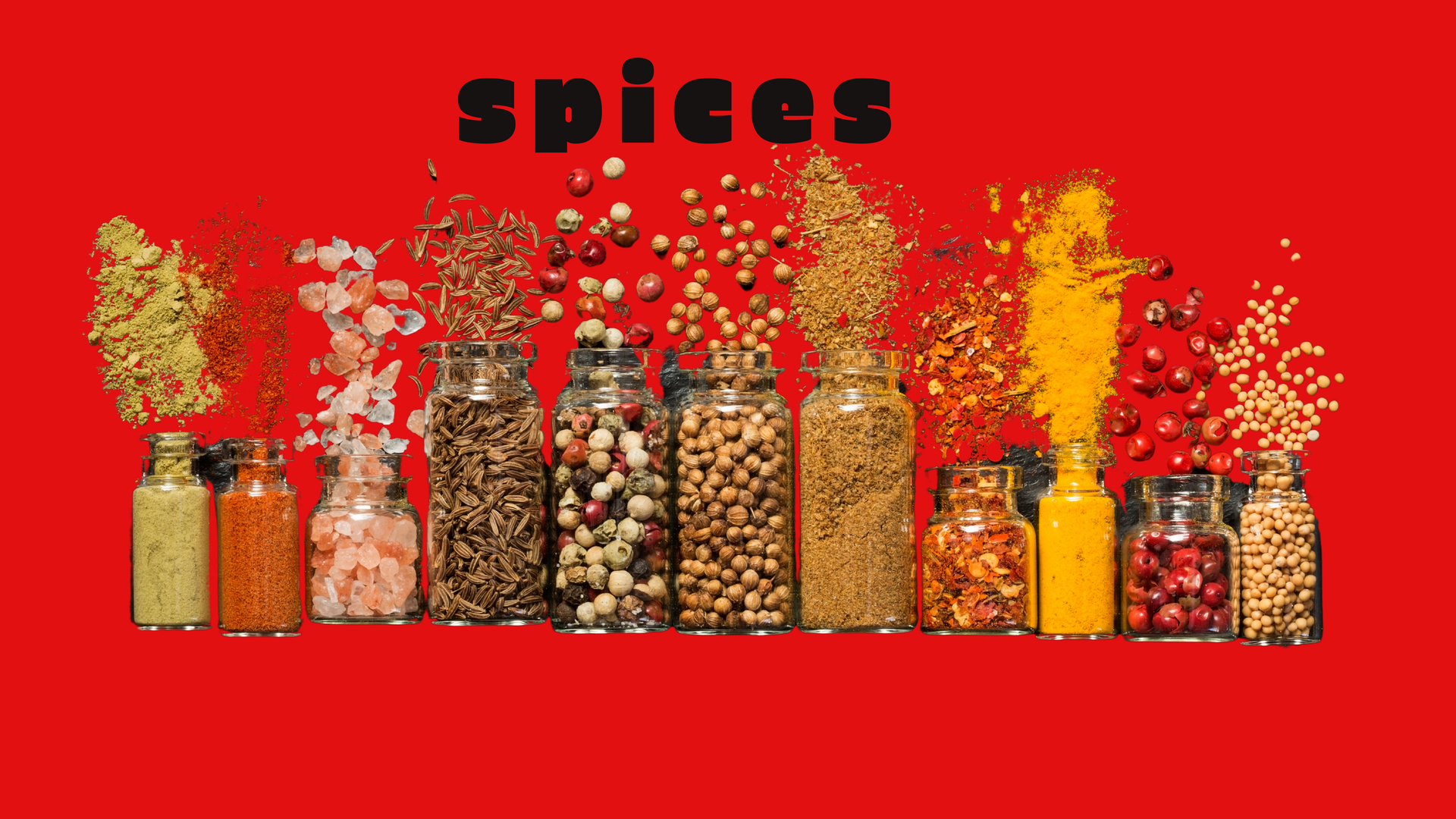Capsaicin Unveiled: Risks, Benefits, and Applications
Understanding Capsaicin: Exploring Risks, Benefits, and Applications

Key Highlights
- Capsaicin is the active ingredient in chili peppers. It gives them their heat.
- This compound has many health benefits. These include pain relief, boosting metabolism, and may even help fight cancer.
- Topical capsaicin is used to ease nerve pain, muscle pain, and joint pain. It can help people with conditions like arthritis and diabetic neuropathy.
- However, capsaicin can cause side effects. Some people may experience skin irritation, stomach issues, or allergic reactions.
- More research is being done to see how capsaicin could help with nerve damage and cancer.
Capsaicin is the main ingredient that makes chili peppers hot. It is not just good for cooking; it also has many health benefits. This natural substance has attracted a lot of interest due to its possible uses in health and medicine. While capsaicin is usually safe to eat, it is important to know its benefits and possible risks. This blog will look at the different sides of capsaicin. We will talk about how it affects the body, where it can be used, and what research says about its potential.
The Compound Behind the Heat
The burning feeling we get when we bite into a chili pepper comes from a substance called capsaicin. This compound works with certain receptors in our body, causing a special reaction. It's interesting to know that capsaicin does not actually burn our skin or hurt us. Instead, it makes us feel heat by activating nerve endings that detect temperature. This clever trick is why some people love spicy food, while others cannot handle it.
Capsaicin was first isolated in 1878 in its crystal form. At that time, people quickly noticed its effects on the body. Early studies found that it could create a burning sensation on mucous membranes, increase the secretion of gastric acid, and stimulate nerve endings in the skin. These first findings opened up more research into how capsaicin could be used for health benefits.
What Is Capsaicin?
Capsaicin is the main active ingredient in chili peppers. It is part of a group of compounds called capsaicinoids. Different types of chili peppers have different amounts of capsaicin, which determines how spicy they are. The more capsaicin a pepper has, the hotter it will taste. This burning sensation from the pepper can feel unpleasant to some people. However, it's an interesting example of how our body's sensory system works.
When capsaicin touches our nerve endings, it affects the
TRPV1 receptor. This causes a signal to be sent to the brain, which we feel as a burning sensation. What's interesting is that this sensation is not real heat. Instead, it tricks our brain into thinking there is heat because it uses the same receptors that sense thermal heat.
This skill to create a "false" burning sensation is what makes capsaicin useful in pain management. By activating these nerves often, capsaicin can help reduce pain signals sent to the brain over time.
How Capsaicin Interacts with the Human Body
When we eat capsaicin, it affects our body in an interesting way. This compound connects to specific receptors on nerve cells. These receptors are called TRPV1 receptors. They help us feel heat and pain. When capsaicin activates these receptors, it starts a series of reactions. Once activated, these receptors send signals to the brain. We feel this as the burning sensation we get from spicy food. This happens wherever capsaicin touches nerve cells, like on our tongue, skin, or even our eyes.
However, if we keep experiencing capsaicin, something different happens. The nerve cells that send pain signals become less sensitive over time. They need more force to send pain signals to the brain. This means we feel less pain in those areas. This is why capsaicin can be helpful in managing pain.
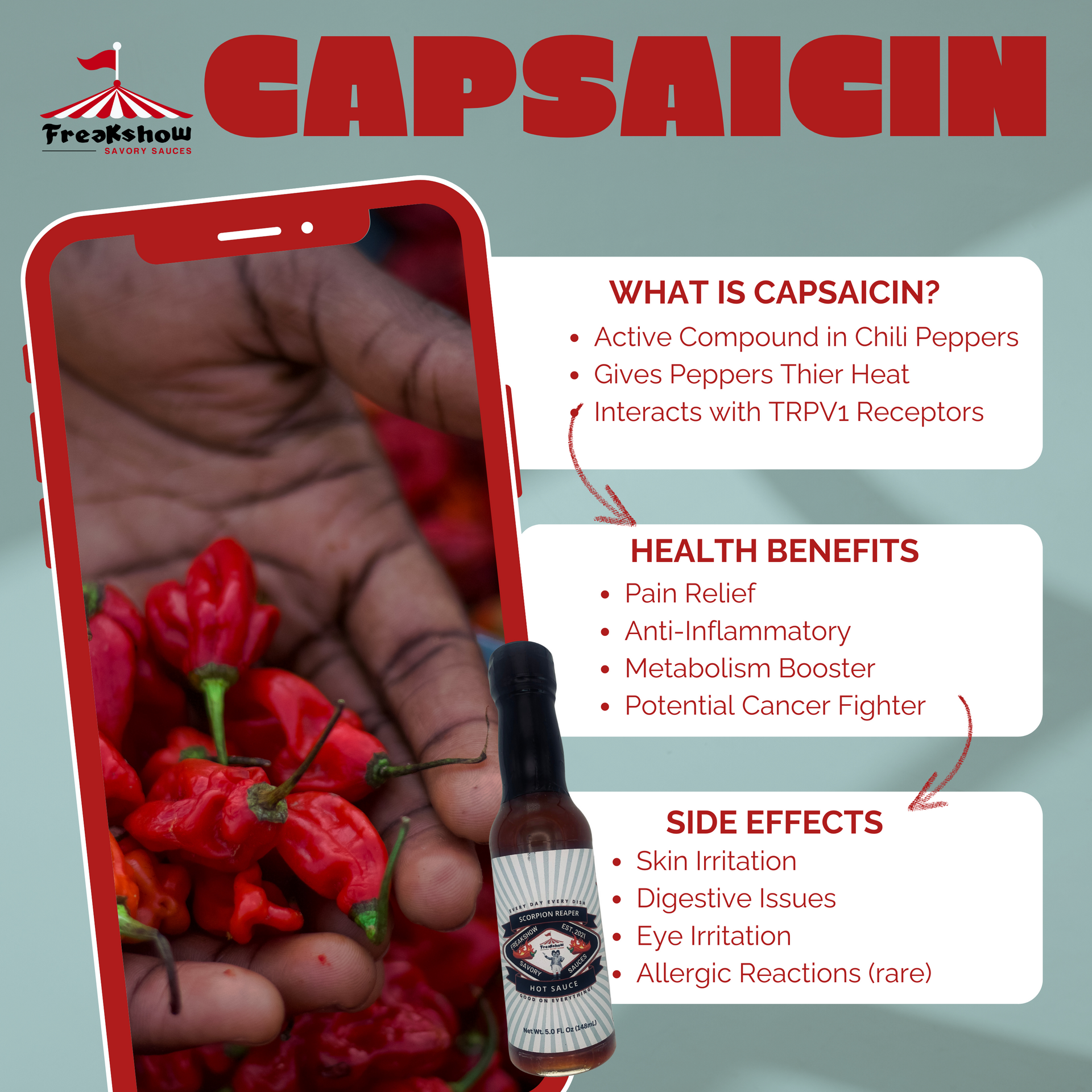
Health Benefits of Capsaicin
Capsaicin is well-known for its healing qualities, especially for easing pain and reducing inflammation. Many scientists have found possible health benefits linked to this natural compound, which makes it a growing topic of study.
Although more studies are needed to confirm all these benefits, current evidence suggests that capsaicin could help with different health issues. From being used as a skin cream for pain relief to its potential in fighting certain cancers, capsaicin shows great promise in many ways.
Pain Relief and Management
One main use of capsaicin is for pain relief. Topical capsaicin is a common ingredient in pain-relief creams and patches you can buy without a prescription. These creams work well for nerve pain. This includes pain that lasts after a shingles outbreak, known as postherpetic neuralgia, and pain from conditions like rheumatoid arthritis and osteoarthritis.
Capsaicin first stimulates pain receptors, which may cause a burning or tingling feel. But with regular use, the nerve fibers get used to it. They become less sensitive to substance P, which sends pain signals to your brain. Because of this, you feel less pain.
Also, by reducing substance P, capsaicin helps lower swelling. This is great for relief when dealing with conditions like rheumatoid arthritis. Overall, topical capsaicin is a safe and effective choice for local pain relief and is a good alternative to regular pain medicine.
Metabolism Boosting and Weight Loss
Capsaicin is known for helping with pain, but it also may help with weight loss and boosting metabolism. Some studies say that capsaicin can slightly raise energy use and improve metabolism. It does this by affecting brown fat, which burns calories to make heat.
Capsaicin may also help control hunger and lower how much you eat. It likely works by interacting with receptors in your gut that signal when you're full. However, we need more research to confirm how much capsaicin affects weight loss directly.
Eating spicy foods can be part of a healthy eating plan. However, it is not wise to depend only on capsaicin for weight loss. A healthy diet, regular exercise, and making other lifestyle changes are key parts of managing your weight well.

Potential Risks and Side Effects
While capsaicin is usually safe to eat, it can cause side effects in some cases. This is especially true if you take it in large amounts or very concentrated forms. Most side effects are mild and don't last long. They often include stomach issues or skin irritation.
People with certain conditions, like those who often have heartburn or have sensitive skin, should be careful. It's a good idea to know the risks and take precautions. Start with small amounts and then slowly increase how much you take. This approach can help reduce the chance of side effects.
Skin Irritation and Allergic Reactions
The most common side effect of topical capsaicin is skin irritation. This is often felt as a burning, stinging, or itching sensation where it is applied. This reaction is normal and usually gets better with regular use. This happens because the nerve endings become less sensitive.
However, some people may have more serious skin reactions. Symptoms can include redness, swelling, or blistering. These signs may mean they are allergic to capsaicin. If this occurs, it is best to stop using the product and talk to a healthcare professional.
Additionally, capsaicin can irritate mucous membranes. These membranes are located in the nose, mouth, and eyes. If capsaicin gets into these areas by accident, it can cause discomfort, burning, and swelling. So, it is important to be careful when using capsaicin products. This is especially true for hot peppers and strong types like pepper spray. Avoid touching your face after using them.
Digestive Issues and Precautions
While capsaicin is mostly safe to eat, having a lot of it can cause stomach problems for some people. The common side effects are heartburn, indigestion, abdominal pain, and diarrhea.
These issues happen because capsaicin can increase the release of substance P. This substance helps send pain signals and can also affect how the stomach and intestines work. When it is overactive, it can make the stomach produce more acid and cause the intestines to move more, leading to these symptoms.
To avoid stomach problems, it's best to eat foods with capsaicin in small amounts, especially if you are trying them for the first time. Start small and slowly eat more as your body gets used to it. Also, people who already have stomach issues, like gastritis, irritable bowel syndrome (IBS), or ulcers, should be careful. They should talk to their doctor before adding capsaicin-rich foods to their diet.

Capsaicin in Culinary Uses
Capsaicin is known for its exciting role in cooking. It gives a spicy kick to many dishes around the world. When added, it can turn plain foods into tasty treats. This makes our taste buds happy and wanting more.
You can find capsaicin in spicy curries from India and in the smoky peppers used in Mexican food. It is a key ingredient that goes beyond cultures. It brings food lovers together by making flavors better and creating memorable meals.
Enhancing Flavors with Heat
The attraction of spicy foods goes beyond just taste. It is a mix of different feelings that engage our senses. This creates a strong taste and heat. The way taste and feeling work together is what makes capsaicin a valuable ingredient in cooking.
Capsaicin works mainly on our TRPV1 receptors. It brings out the feeling of heat. When these receptors are activated, they also release endorphins. This makes us feel good and explains why many people love spicy foods so much.
Plus, adding capsaicin can boost the flavors in our meals. It adds more depth and complexity to simple ingredients. Its skill in enhancing flavors and making unique taste mixtures has made it a common part of cooking around the world.
Hot Sauce Varieties and Their Scoville Ratings
The pungency of capsaicin is measured using
the Scoville scale , a system devised by American pharmacist
Wilbur Scoville in 1912. This scale quantifies the amount of capsaicin present in a chili pepper or hot sauce, providing a numerical value for its
level of spiciness, allowing for a standardized comparison between different varieties.
Hot sauces , a beloved condiment worldwide, vary greatly in their
Scoville Heat Units (SHU), ranging from mild and tangy to intensely fiery. While some offer a subtle kick to enhance the flavor of a dish, others pack an explosive punch that can leave even the most seasoned chili-heads sweating.
Here's an illustration showcasing the
Scoville ratings of some popular hot sauces:
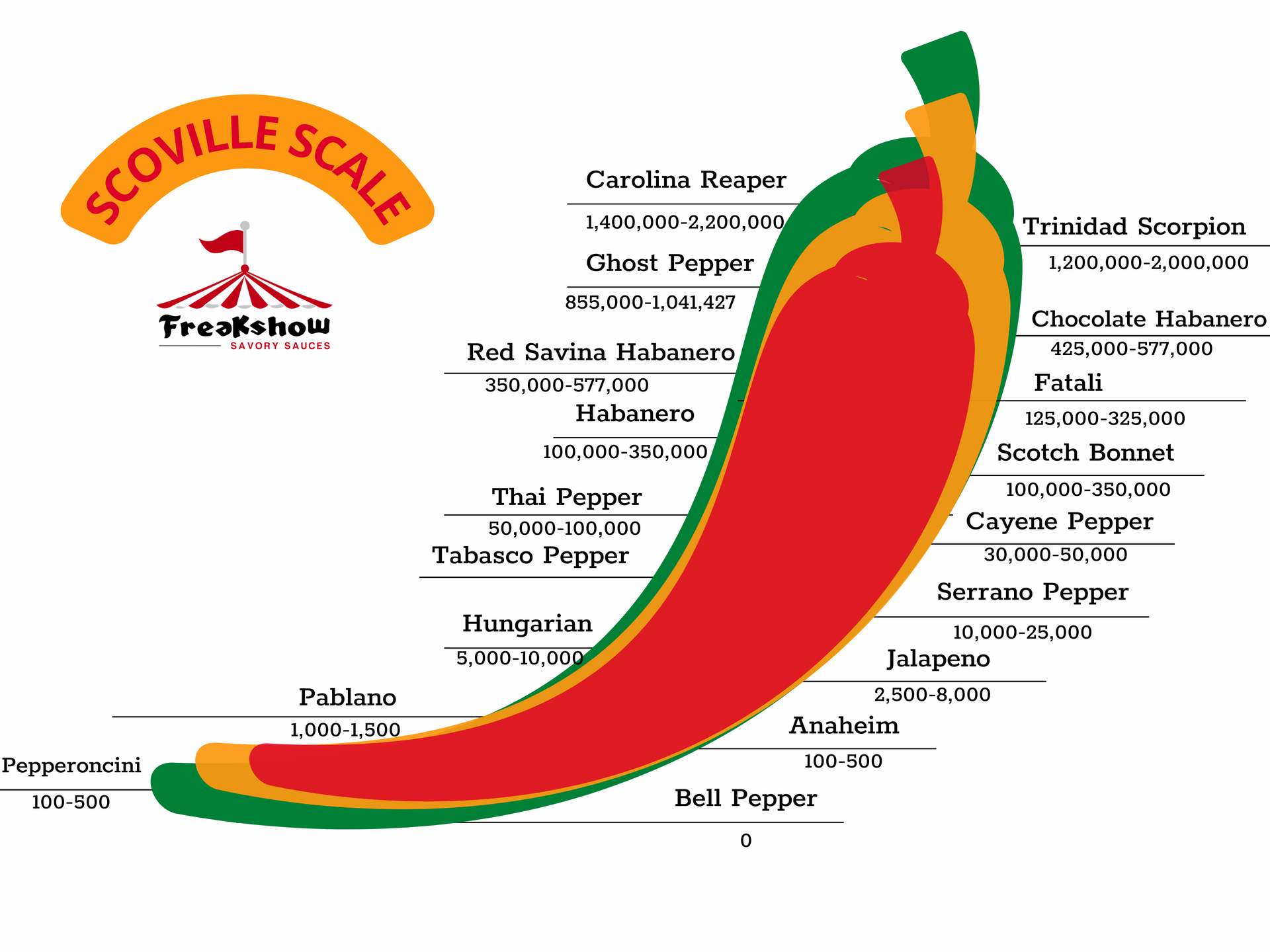
Capsaicin in Medical Research
Capsaicin is not only used in cooking and as a topical treatment, but it has also caught the interest of medical researchers. They are looking into how it might help with different health issues. Studies show it may have positive effects on cancer cells, diabetic neuropathy, and other inflammatory conditions.
The research on capsaicin's health benefits is still in the early stages. However, the results look promising. There is hope that this natural compound can lead to new treatments for various problems in the medical field.
Current Studies on Capsaicin’s Effectiveness
Current medical research is looking into how capsaicin can help in different areas. These include pain management, cancer treatment, and metabolic disorders. There are clinical trials right now to see if capsaicin works for conditions like diabetic neuropathy, osteoarthritis, and some types of cancer.
One interesting area of study is using capsaicin in drug administration systems. Capsaicin can go through cell membranes. Because of this, researchers are checking if it can deliver drugs directly where they are needed, like in treating tumors.
Even though research is ongoing, we should note that most studies on capsaicin's medical uses are still in the early stages. The results so far look good, but we need more careful studies. This will help confirm these results and set standard dosages and treatment procedures.
Future Prospects in Medical Treatments
The future of capsaicin in medicine looks very promising. It could help treat many health issues. One major area of focus is its possible role in helping nerves heal. Some early research shows that capsaicin might work with nerve growth factors. This could lead to new treatments for nerve damage, bringing hope to people with problems like spinal cord injuries and peripheral neuropathy.
Capsaicin’s ability to lower inflammation is also being studied. This could help slow down different diseases. Long-term inflammation contributes to many serious health issues, like heart disease, cancer, and autoimmune disorders.
As research continues and we learn more about how capsaicin works, we may see new and creative medical treatments. The chance to use this natural substance to help with varied health problems is very exciting for the future of medicine.
Capsaicin has many benefits, including pain relief and helping with weight loss. But, it is important to know that it can cause skin irritation and stomach problems. You can add capsaicin to your meals carefully to make them more exciting and possibly help you lose weight. Keep up to date with new medical studies on capsaicin to learn about future treatment options. If you're curious about capsaicin and its uses, sign up to get more information.
Frequently Asked Questions
Can capsaicin be toxic?
Consuming large amounts of capsaicin is usually safe. However, taking too much can be harmful. It can cause problems like nerve damage, trouble breathing, and serious issues with digestion. If it gets into your eyes, it can cause a lot of pain and irritation.
How can I incorporate capsaicin into my diet without overdoing it?
Start by adding small amounts of foods that have capsaicin, like chili peppers or hot sauces, to your meals. Don’t drink a lot of water to reduce the burning sensation. This can actually make the capsaicin spread. Remember, moderation is key.
What foods are high in capsaicin?
Foods that have a lot of capsaicin are different kinds of chili peppers, red pepper flakes, and cayenne pepper . If a pepper is hotter, it means it has more capsaicin.
Who should not use capsaicin?
People with specific health issues, like those who have neurogenic inflammation, sensitive mucous membranes, or who have had allergic reactions to capsaicin, should be careful. They may want to avoid using capsaicin altogether.

